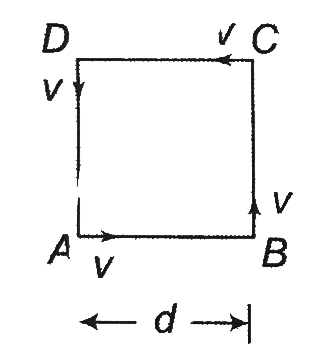In the previous problem
A
The transfer of energy will be maximum if m1=m2
B
The transfer of velocity will be maximum if m2>>m1
C
The transfer of velocity will be maximum if m1>>m2
D
All options are correct
Video Solution
Text Solution
The correct Answer is:D
(i) Refer to the previous solution,
(m1+m2)2=(m1−m2)2+4m1m2
(m1+m2)2 will be minimum , if m1=m2 , i.e.
4m1m2(m1+m2)2 is maximum
(ii) m2v2=2m1m2u(m1+m2)=2m1u(1+m1m2)
m2v2 will be maximum if m2>>m1
v2=2m1um1+m2=2u1+m2m1
v2 will be maximum if m1>>m2.
|
Updated on:21/07/2023
Topper's Solved these Questions
Similar Questions
Knowledge Check
- Question 1 - Select One or More
Consider the situation of the previous problem. The directions of the magnetic field due to the dipole are opposite at
Aa tangent galvanometerBa diflection galvanometer if the earth's horizontal field is knownCan oscillation magnetometer if the earth's horizontal field is knownDboth diflection and oscillation magnetometer if the earth's horizontal field is not known. - Question 2 - Select One
In a previous problem, calculate ΔSgas If process is carried out at constant volume:
A5RIn2B32RIn2CValue of work done (magnitude) in second process is greater in above expansion irrespective value of K1andK2D−3RIn2 - Question 3 - Select One
In previous problem, the angle of dip is
Atan−1(0.75)Btan−1(0.5)Ctan−1(0.8)DNone of these
Solve the previous problem , if particles moving in opposite direction.
View SolutionConsider the situation of the previous problem. The force on the central charge sue to the shell is
View SolutionSolve the previous problem for the cases of an isochoric, an isobaric and an isothermic process.
View SolutionIn conditions of the previous problem find the frequency and the period of the variation of kinetic energy.
View SolutionIn previous problem, the stopping potential is
View Solution



